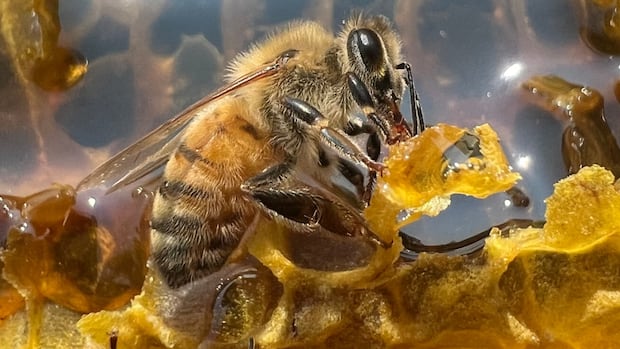Soft vine-like robot helps rescuers find survivors

When disaster strikes and buildings collapse, every second counts for emergency responders searching for survivors trapped beneath rubble. Traditional tools often fall short in these dangerous, chaotic environments, but a new breed of robot, SPROUT, is poised to make a life-saving difference.
SPROUT, which stands for Soft Pathfinding Robotic Observation Unit, is a revolutionary flexible, vine-like robot developed by MIT Lincoln Laboratory in collaboration with the University of Notre Dame. Unlike rigid robots or static cameras, SPROUT can “grow” into tight, winding spaces that are otherwise inaccessible, giving first responders a new way to explore, map, and assess collapsed structures.
So, how does SPROUT work? The robot is made of an airtight fabric tube that inflates with air, allowing it to extend from a fixed base. As it grows, it can flex around corners and squeeze through narrow gaps, mimicking the movement of a plant vine. Operators control SPROUT using a joystick, steering it through debris while watching a live video feed from a camera mounted at the tip. This setup enables responders to see and map hidden void spaces without entering dangerous areas themselves.
SPROUT is equipped with three pouch motors along its length, enabling it to bend and turn, while an internal reel system allows the robot to be compactly stored and precisely deployed as needed. In addition to cameras, SPROUT can carry other sensors to image, map, and even assess hazards within the collapsed structure.
Traditional search-and-rescue gear, such as rigid robots or specialized cameras, often falls short in disaster zones due to their limitations. Cameras can only probe straight paths, rigid robots can be easily damaged in unstable environments, and manual probing is time-consuming and physically exhausting for responders. SPROUT’s soft, flexible design directly addresses these challenges, offering a safer, faster, and more adaptable solution for navigating the unpredictable landscape of collapsed buildings.
SPROUT has already undergone real-world testing at the Massachusetts Task Force 1 training site, where it demonstrated its ability to flex around corners and penetrate void spaces in engineered collapsed structures. These tests have allowed the team to refine SPROUT’s durability, portability, and steering controls, with plans for larger field studies in the works.
Looking ahead, the team behind SPROUT is continuously working to expand its capabilities. Current models can extend up to 10 feet, with future versions aiming to reach beyond 25 feet. Researchers are also exploring the use of multiple SPROUT robots to cover larger areas and expedite rescue operations in major disasters.
Beyond disaster response, the technology behind SPROUT could be adapted for inspecting military systems or critical infrastructure in hard-to-reach places, making it a versatile tool for a variety of high-stakes scenarios.
SPROUT is a remarkable example of how soft robotics can make a real difference in some of the most challenging and dangerous situations. By giving first responders a flexible, easy-to-use tool for searching through rubble, SPROUT has the potential to save lives and change the way we approach disaster rescue. It’s great to see technology that’s not just innovative but truly impactful, helping those who help others when it matters most.




